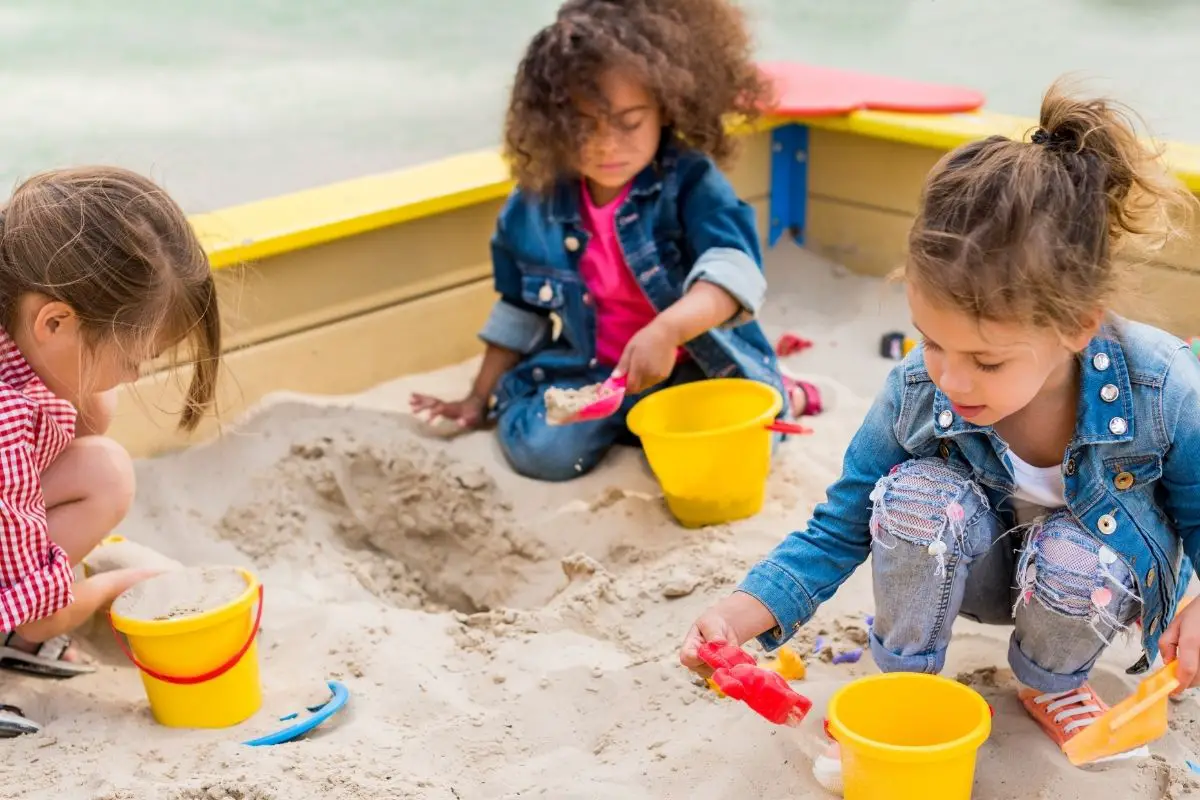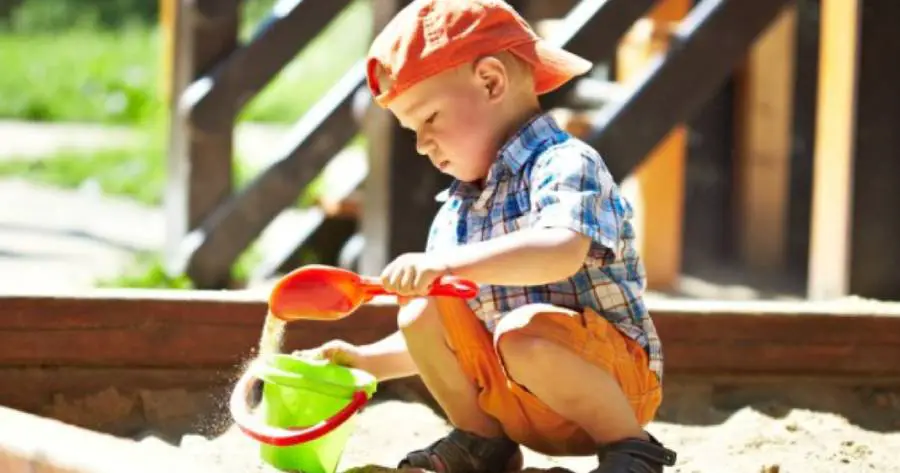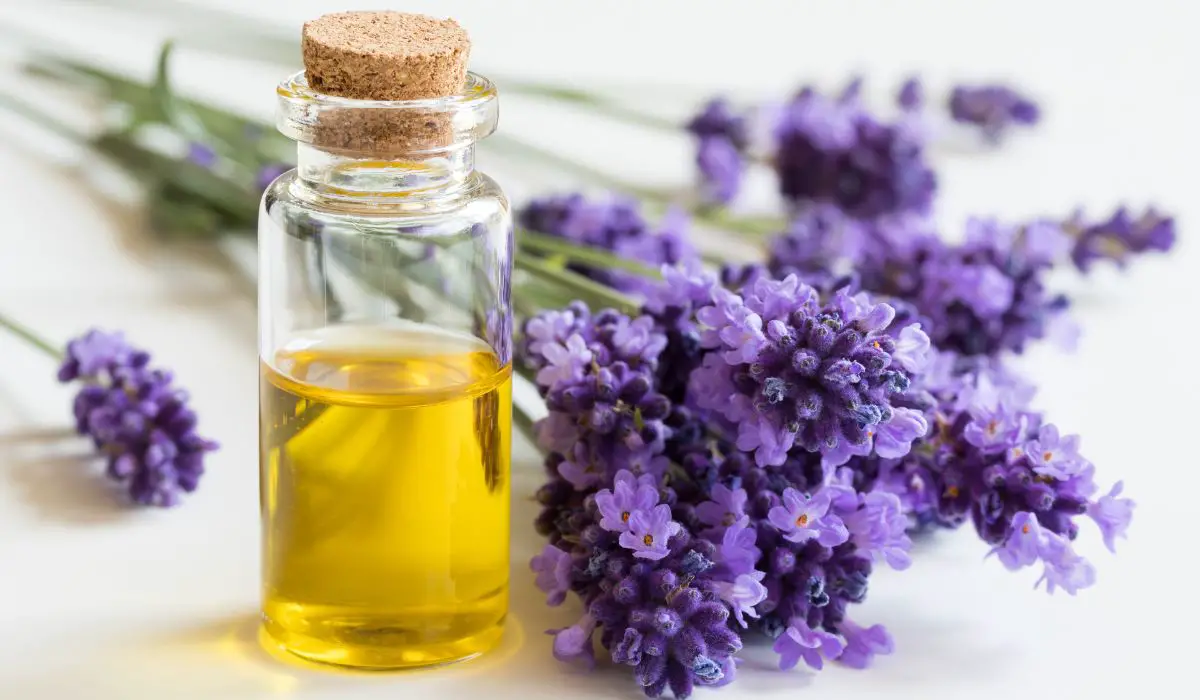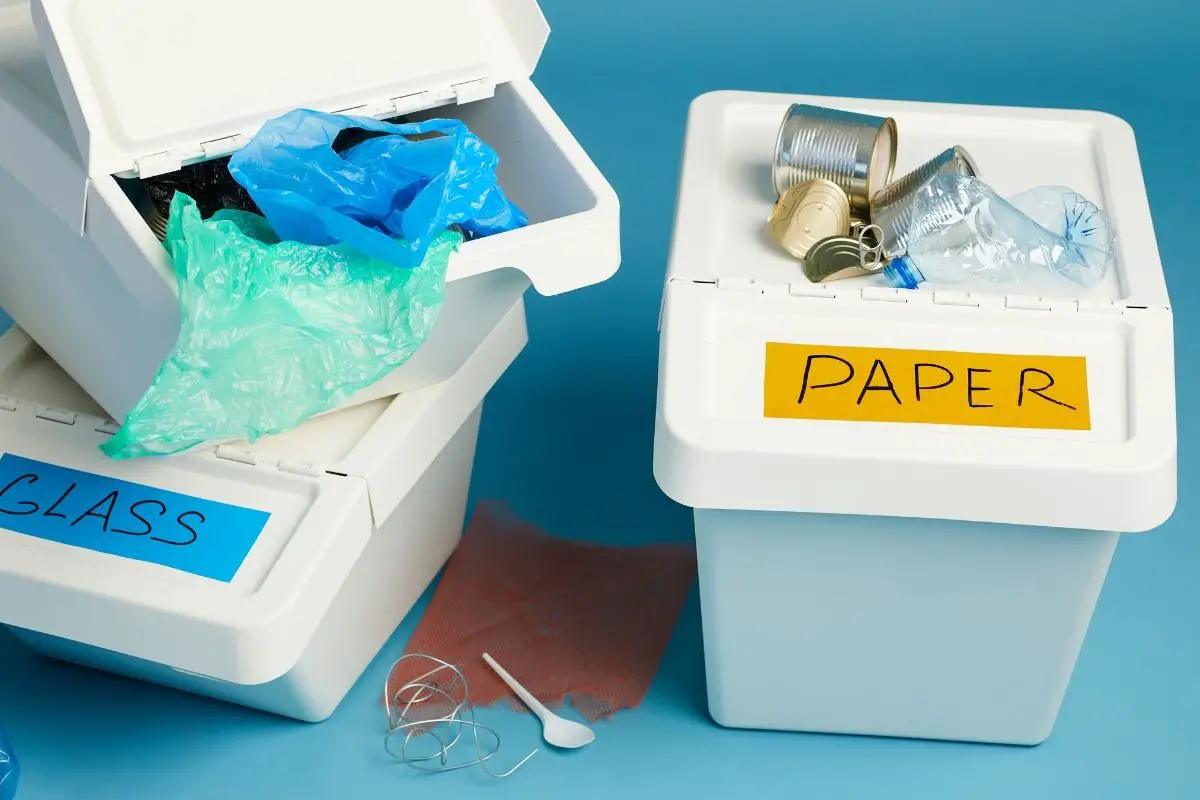Best Sandbox Choices for Kids (Our Top 12 Picks This Year!)
Nothing says “summer” to little ones like a sunny afternoon spent playing in the sand. For those days when driving to the beach or a local park isn’t in the cards, having access to your very own sandbox can be a lifesaver for busy families!
Investing in a sandbox filled with child-friendly sand has been one of the best purchases I have ever done.
Many parents view a backyard sandbox as a huge investment (both in terms of installation and maintenance). While it’s true that the average sandbox requires a bit of work to keep clean and safe, your options are probably more varied than you think.
Our personal favorite sandbox is the Creative Cedar Design DIY Sandbox Kit. It includes everything you need to assemble a simple yet durable outdoor sandbox — the only tool you’ll need is a screwdriver.
Looking for something a bit more temporary? Or a sandbox alternative that can be brought indoors? Keep reading to figure out which one we recommend!
Best Sandbox 2024
Best Overall — Creative Cedar Design DIY Sandbox Kit

Creative Cedar Design DIY Sandbox Kit
Bring the fun and excitement of a full-size sandbox to your backyard with this stylish and durable DIY sandbox kit.
Sand Capacity: Approx. 800 pounds
We all want to give our children the most engaging play environment possible. But it can be hard to sacrifice part of your home or backyard to create such spaces… Enter the Creative Cedar Design DIY Sandbox Kit.
In our opinion, this wooden sandbox kit offers everything kids need and love without impeding on the overall vibe of your garden and lawn.
With an easy-to-assemble slot system, your finished sandbox will look like a custom build without the stress or expense. All you need to assemble this sandbox is a standard Phillips screwdriver.
The solid cedar frame is treated with an eco-friendly water-based stain and finished to be as smooth (and splinter-free) as possible. This kit also comes with a textile ground liner and plastic tarp cover.
Best Sandbox with Cover — KidKraft Cabana Sandbox

Cabana Sandbox
A sandbox that offers maximum peace of mind while children play in the sun.
Sand Capacity: Approx. 650 pounds
As we all become more aware of the damage excessive sun exposure can do, keeping children protected while outside has become a top priority. The KidKraft Cabana Sandbox is unmatched in terms of built-in UV protection. The canopy also helps to keep cool on super hot summer days.
The obvious highlight of this sandbox is the durable canvas cabana. The sides of the cabana feature mesh windows for extra circulation and can be rolled up as desired.
The sandbox itself is made of treated wood. Built-in seating and storage bins are included around the perimeter of the sandbox frame.
The KidKraft Cabana Sandbox comes with a plastic liner and mesh cover. But you may want to invest in something sturdier to keep persistent bugs or animals out.
Best Budget Option — Little Tikes Turtle Sandbox

Turtle Sandbox
Easily upgrade your backyard play area with this classic sandbox option.
Recommended for ages 3+
With its fun and convenient design, the Little Tikes Turtle Sandbox may just be the most recognizable sandbox on the market today.
This plastic sandbox is perfect for any small outdoor space. It’s also a great option if you’re looking for a sturdy sandbox that can be easily moved or stored during part of the year.
The included shell-shaped lid is ideal for keeping bugs, rain, and wildlife out of the interior. The turtle’s front legs also serve as built-in seating.
This definitely isn’t the largest sandbox you can buy. But it offers just enough space for toddlers and other young kids to play in the backyard.
Best Sandbox with Lid — Best Choice Products Kids Cedar Sandbox

Kids Cedar Sandbox
Enjoy the convenience of built-in seating with this extra-large sandbox with a folding cover.
Sand Capacity: Approx. 200 pounds
Ready-made sandboxes rarely feature the same amenities as custom-built frames. Fortunately, the Best Choice Products Kids Cedar Sandbox proves that thoughtful design doesn’t have to be inaccessible!
At first glance, it’s easy to overlook some of the key features of this sandbox. Our personal favorite is the built-in seating that folds down to create a secure cover for the sandbox’s contents.
This sandbox boasts a bottomless frame for better drainage and easier setup. A ground liner is included to help prevent weeds and bugs from making their way into the box.
All cedar used to make this sandbox is heat-treated and ASTM-certified for safety. Despite the sturdy design, this sandbox weighs just 41 pounds when empty.
Best Sand Table — Step2 Naturally Playful Sand Table

Playful Sand Table
Explore the fun of playing in the sand almost anywhere with this compact and versatile table.
Sand Capacity: Approx. 40 pounds
Not all scenarios call for a full-size sandbox. Whether you’re looking to make the most out of a small space or hate the mess that comes with a sit-in box, the Step2 Naturally Playful Sand Table is a great compromise.
This plastic table is the perfect height for toddlers to dig, build, and explore all of the possibilities sand has to offer.
The sand tray measures around four inches deep. It can also be filled with water, rice, and other materials.
The included lid features plastic loops for a secure (but not watertight) fit. It also boasts molded roadways, allowing the table to double as a creative play space regardless of if it is open or closed.
Most Versatile Design — Best Choice Products 3-in-1 Kids Sand & Water Table

3-in-1 Kids Sand & Water Table
This versatile picnic table gives children the freedom to explore sand play without the hassle of a real sandbox.
Sand Capacity: Approx. 12 pounds per bin
Are you worried that your family won’t use a sandbox often enough to justify the investment? Instead of foregoing one altogether, consider adding something like the Best Choice Products 3-in-1 Kids Sand & Water Table to your backyard.
This wood picnic table features a removable top that reveals two plastic compartments. You can fill these bins with sand, water, or both.
This sand table also comes with an adjustable shade umbrella for extra protection from the sun.
With a seating capacity of 220 pounds, this picnic table can hold up to four children without issue. However, the sand compartments are a bit too small for multiple children to play comfortably.
Best Plastic Sandbox — Badger Basket Woodland 2-in-1 Sandbox

Woodland 2-in-1 Sandbox
This stylish sandbox looks like real wood but is actually made of durable, UV-resistant plastic.
Sand Capacity: Approx. 700 pounds
For the look of natural wood without the upkeep, the Badger Basket Woodland 2-in-1 Sandbox is one of the best options out there!
While most plastic sandboxes are prone to fading with prolonged sun exposure, this sandbox is specially treated to keep its color and quality for many years. There’s also no need to worry about splinters, rotting, and other common wooden sandbox issues.
This sandbox features seating at each corner and comes with a ground liner and protective cover.
The neutral appearance of this sandbox will blend into any backyard space. It can also be converted into a raised garden bed by replacing the sand with potting soil.
Best Built-In Play Features — Little Tikes Big Digger Sandbox

Big Digger Sandbox
Take playtime to the next level with this sandbox with a functional excavator and other fun construction toys included.
Sand Capacity: Approx. 50 pounds
There’s no overstating the sheer potential of a regular old sandbox. But the Little Tikes Big Digger Sandbox offers a whole new take on outdoor playtime.
While the standout feature is the built-in working excavator, this sandbox also comes with a collection of plastic tools, figurines, and a dump truck.
The lid doubles as a play surface — complete with molded roadways — that can be used with the sandbox compartment or on its own. Keep in mind that the lid doesn’t lock in place (you may want to jury-rig your own system so tiny hands don’t help themselves!).
This sandbox would also make a wonderful indoor play area. You could easily replace play sand with kinetic sand, rice, or another material.
Best Sensory Table — Children’s Factory Sensory Table

Sensory Table
With this portable sensory table, kids can build, dig, and otherwise play in the sand almost anywhere.
Sand Capacity: Approx. 50 pounds
Sand play is an excellent way to engage children with different sensory experiences while also fine-tuning motor skills. And the Children’s Factory Sensory Table is a wonderful solution for kids who don’t have access to a regular sandbox.
The details are what make this sand table stand out from the competition. In particular, the table legs are made of rust-resistant metal and feature rolling casters (two of which can be locked in place).
While the table can be bought without a lid, we recommend investing in the complete set.
One thing to note is that the table legs are not adjustable. However, the tray itself can be easily lifted off of the legs for emptying or cleaning.
Best Dual-Compartment Sandbox — Step2 Cascading Cove Sand & Water Table

Cascading Cove Sand & Water Table
This multi-compartment sand table lets kids choose between sand, water, or a little bit of both.
Sand Capacity: Approx. 25 pounds per side
If you’re in the market for a compact sand play area but also want to prioritize sun safety, the Step2 Cascading Cove Sand & Water Table is our top recommendation.
The main selling point of this sandbox is the built-in shade umbrella! The umbrella can be removed for indoor use as well.
Another key feature of this sand table is the dual compartments. You can fill both with sand or change things up by adding water to one compartment. Both basins feature a convenient drain in the bottom.
Each Cascading Cove table includes a set of plastic toys and a removable lid. Like other Step2 sand tables, the lid secures into place with an elastic loop.
Best Themed Sandbox — KidKraft Pirate Sandboat

Pirate Sandboat
Children will love exploring the imaginary high seas in this multi-use sandbox and play area.
Sand Capacity: Approx. 650 pounds
It’s amazing what kids can achieve with nothing more than their imagination. But no child would say no to a backyard pirate ship — in this case, the KidKraft Pirate Sandboat — all of their own.
This unique sandbox is much more than a place to build sandcastles and dig holes! For example, kids will jump at the chance to play pretend by sitting at the built-in captain’s wheel.
The built-in shade canopy and storage compartments might not be as exciting to young children. But the adults in their life are sure to appreciate these extra features.
The KidKraft Pirate Sandboat is made of weather-resistant wood. It comes with a plastic ground liner, plus a mesh cover that can be placed over the sand.
Best for Toddlers — Simplay3 Caterpillar Sandbox

Caterpillar Sandbox
Introduce young kids to the tactile benefits of playing in a sandbox with this durable caterpillar-shaped design.
Sand Capacity: Approx. 160 pounds
The Simplay3 Caterpillar Sandbox bridges the gap for children who are interested in sand play but not quite old enough to use a traditional sandbox or table.
This resin sandbox is reminiscent of other plastic sandboxes but with a smaller profile overall. It offers just enough space for multiple children to play in the sand without actually climbing inside.
The included lid provides protection for the sandbox’s contents as well as an extra play surface. Just note that the lid isn’t secured by anything — a bit of wind could blow it off.
When your kids outgrow the Simplay3 Caterpillar Sandbox, it can be repurposed as indoor or outdoor toy storage.
What To Consider When Shopping For The Best Sandbox
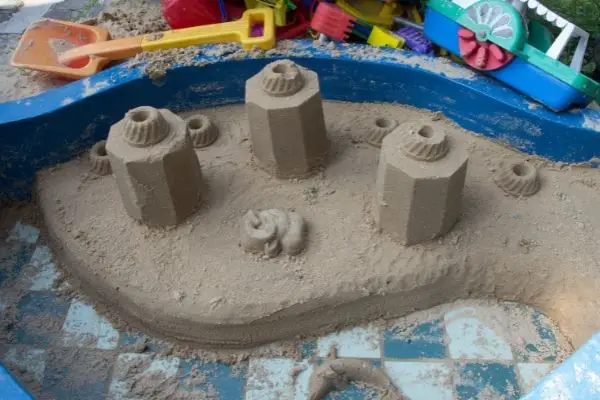
Style
When you think of a sandbox, you probably have a specific type in mind. But narrowing down the perfect sandbox for your family means exploring the variety of styles available:
Classic
We’re defining the classic sandbox style as a large, permanent outdoor structure. With proper care, this style of sandbox could last for multiple generations!
Classic sandboxes sit directly on the ground. Most are made of wood.
The only way to move this type of sandbox is to completely take it apart and rebuild from scratch. But the design possibilities are endless.
Temporary
A classic sandbox is a wonderful long-term investment. But installing a permanent outdoor sandbox isn’t possible in all circumstances.
Temporary sandboxes are ideal for renters and those with limited outdoor space. You might also prefer a semi-portable sandbox if your area experiences harsh weather during part of the year.
(Keep in mind that “portable” is often up for interpretation. Some of these sandboxes may only be realistically portable when completely empty!)
Temporary sandboxes come in a variety of shapes and sizes but are almost always made of plastic.
Sand Tables
Sand tables are shallow, raised sandboxes that are ideal for particularly young children. They can be used outdoors or indoors — sand tables are great options for small spaces — and are relatively easy to store when not in use.
While a sand table doesn’t offer the same experience, it’s a great alternative when a full-size sandbox isn’t feasible.
Location
A backyard isn’t the only place you can put a sandbox. If you live in an apartment or need something to keep the family busy during poor weather, an indoor sandbox may be just as practical.
Capacity
Selecting the right sandbox capacity comes down to several factors.
The most important is how much physical space you actually have to set up and store your new sandbox. For large, non-portable sandboxes, this factor is non-negotiable.
Next, you’ll need to think about how many children (or adults) will likely use the sandbox at one time. Be sure to account for your own family as well as any potential playdates in the future!
Finally, the capacity of your sandbox directly impacts how much sand you’ll need to fill it. Sandboxes with bigger capacities are inherently more expensive to maintain and fill. Hauling large amounts of sand can also be difficult if you don’t have an appropriate vehicle.
Material
Most sandboxes available today are constructed of wood, plastic, or a combination of the two.
Wood is more sustainable and (at least in my opinion) tends to be more aesthetically pleasing. The downsides of wooden sandboxes are the average cost and maintenance required. Wood sandboxes are also rarely portable once assembled.
Plastic leaves much to be desired in terms of sustainability. Plastic also tends to show wear and tear before wood and is more difficult to repair. However, it is affordable, lightweight, and non-porous — plastic sandboxes are much easier to sanitize than their wood counterparts.
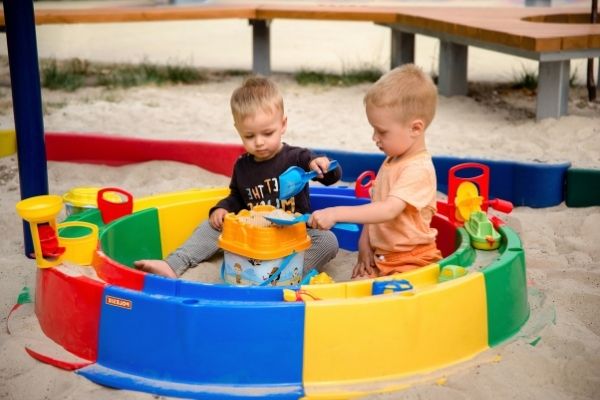
Extra Features
From a child’s perspective, most sandboxes are pretty much the same. But there are a variety of extra features available that can add value and peace of mind for parents and other adults.
Some of the most common features to keep an eye out for include:
Covers
A kids sandbox with cover included is the best way to keep your new investment clean and free of critters. While you can purchase a cover separately (or construct your own), opting for a sandbox that comes with one is much more convenient.
Shade Canopies
Fun in the sun only lasts as long as the UV rays are kept at bay. A sandbox with an integrated shade umbrella or canopy will keep kids cool, comfortable, and safe while they spend time in the fresh outdoor air.
(We’re sure it goes without saying but sunscreen should always be used even when playing under a canopy!)
Built-In Seating
Having a place to sit along the perimeter of your sandbox isn’t just great for kids. It can also let parents and other loved ones join in on the fun without taking a seat in the sand.
Ground Barriers
While some sandboxes are designed to sit directly on the ground, most rely on some sort of ground barrier. This may be separate from or built into the sandbox frame itself.
If you’re worried about weeds or insects coming up through the bottom of your sandbox, then a high-quality ground cover is crucial.
Frequently Asked Questions
Is it safe for kids to play in a sandbox?
You might not think twice about letting your kids play in the sandbox at the public park or a friend’s backyard. But investing in a sandbox for your own home is likely to give you pause…
There are some safety concerns associated with sandboxes. Fortunately, they are easy to prevent and/or manage.
Be sure to use child-safe sand to fill the box or table. Still, young children — i.e., those who might be tempted to see how the sand tastes or shove a few grains in their ear canal — should be supervised.
Sandboxes are also relatively infamous for spreading bacteria and parasites like roundworm and toxoplasmosis. These diseases are almost always the result of wildlife or neighborhood pets getting into the sandbox.
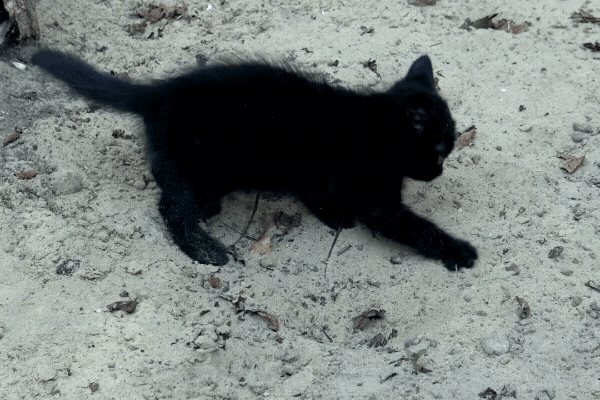
How do you keep animals out of a sandbox?
Without a doubt, the best way to deter animals from playing (or worse) in your kids’ sandbox is to invest in a secure cover.
Unfortunately, even the best cover won’t stop everyone. Ants and other insects can easily make their way into almost any outdoor sandbox.
Try these tips for keeping insects and other creepy-crawlies out of your backyard play area:
- Spray the perimeter with child-safe bug repellent
- Routinely mix the sand inside to disturb any burrows or scent trails
- Do not permit kids to bring food or drinks into the sandbox
- Pulls any weeds that grow in or directly next to the sandbox
- Clean and replace the sand on a regular schedule
How often should you clean a sandbox?
On average, backyard sandboxes should be cleaned and filled with brand new sand every one or two years.
If your sandbox is infested with bugs, was used as a litter box, or has otherwise turned into a messy situation, don’t wait!
The sandbox should be emptied, cleaned (antibacterial soap and warm water should suffice), and refilled before any uses it again. Be sure to clean all sandbox accessories and toys while you’re at it.
What type of sand is best for a kids’ sandbox?
Not all sand is created equal. Play sand is specifically designed for use in sandboxes and other play areas and it’s what we generally recommend.
Avoid using sand meant for construction as it tends to be very coarse and may contain harmful amounts of silica dust.
We also don’t recommend sourcing sand from “the wild.” Taking sand from natural sources can contribute to erosion and other problems, and you never know what might be lurking in the mix!
Some parents also opt to skip the sand altogether. Popular sand alternatives include small pebbles, rice, cornmeal, and crushed shells. Be sure to research the pros, cons, and potential risks of using these alternatives before filling your sandbox with one!
Last update on 2024-07-15 / Affiliate links / Images from Amazon Product Advertising API

